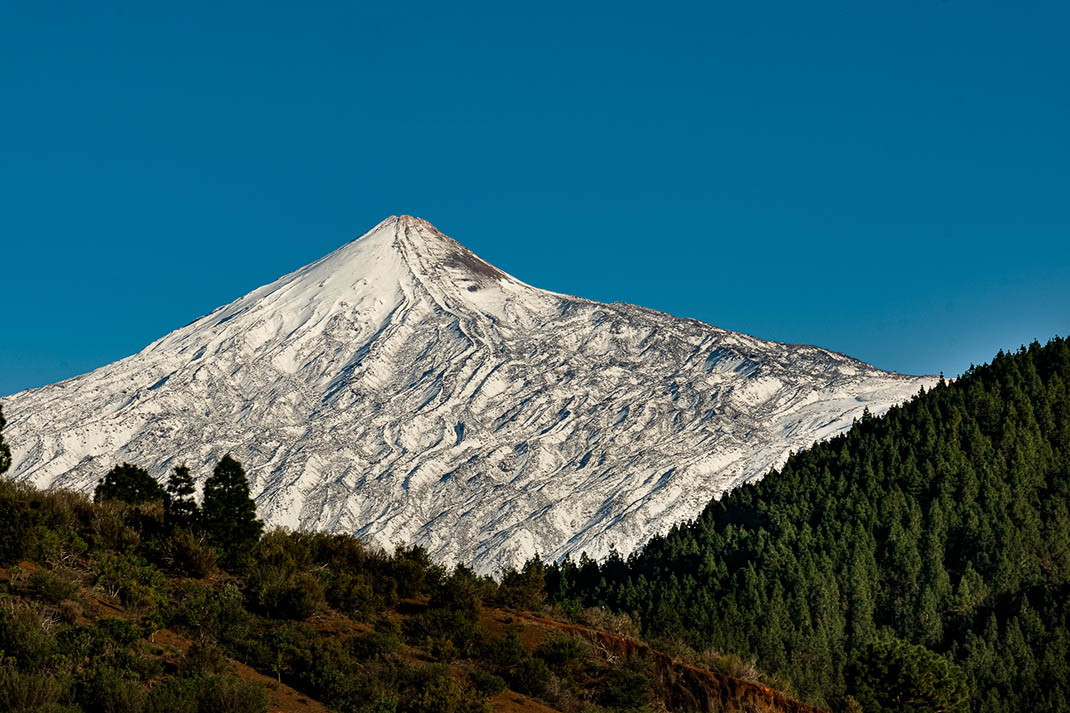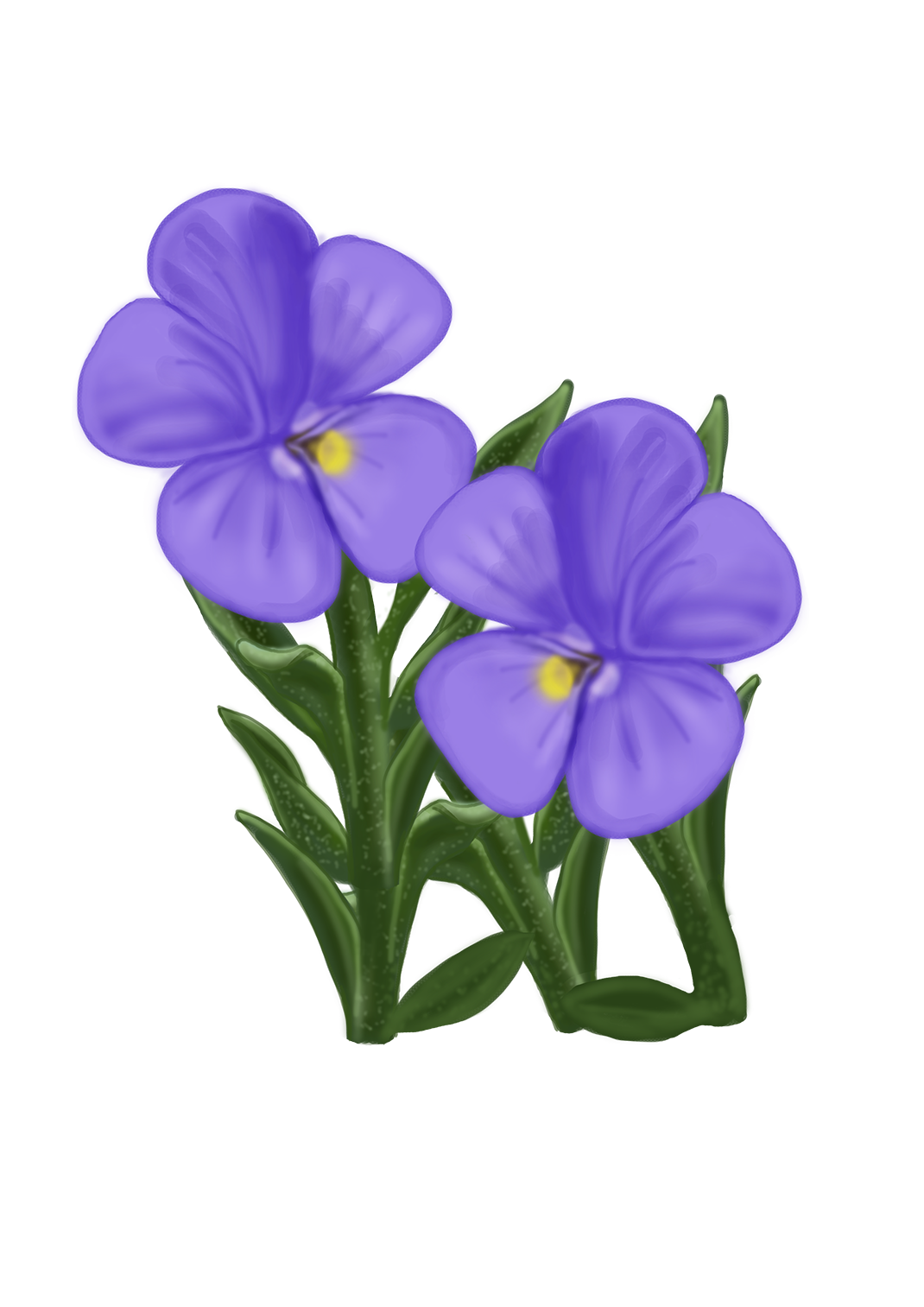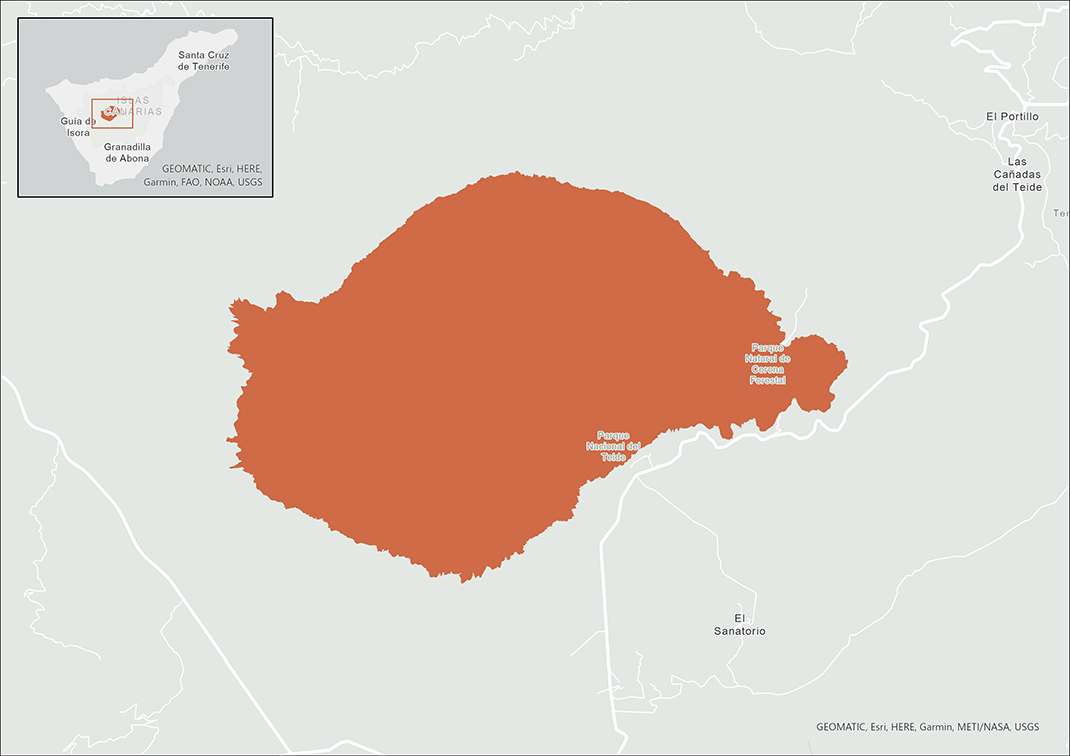Plan your next adventure
Tailor your own route along Tenerife’s trails quickly and easily..
Go to planner
Visible from almost any point on the island, the Teide Natural Monument figures prominently in the mythical landscape of Tenerife and of the entire archipelago of the Canary Islands.
It is also of great national importance, as it is the highest peak in Spain.
It has numerous protection designations, including that of Natural Monument. It is also part of the Teide National Park and forms part of the Natura 2000 Network as a Site of Community Importance (SCI).
Recommended time to visit: April-June
The Natural Monument includes the stratovolcano formed by the Teide-Pico Viejo complex, an enormous conical volcano formed by the accumulation of tephra in explosive eruptions and highly viscous lava flows. This viscosity prevents the lava from spreading far, and sequential layers add to the height of the volcano each time it becomes active.
It is the only stratovolcano in the Canary Islands that is still active, and the last eruption was Las Narices del Teide in 1798, which lasted 99 days.
Thanks to the great mineralogical and chemical variety of the materials emitted throughout its history, it is a perfect place to study volcanism and is the subject of numerous national and international research projects.

The high altitude, the type of soil and the climatic conditions make Mount Teide a hostile place for life.
Even so, up to 35 plant species have adapted to these particular conditions, 23 of which are endemic to the island or the Canary Islands. Species of particular importance include borriza del Teide (Laphangiumteydeum), hierbaconejera (Silene nocteolens), cardo de plata (Stemmacantha cynaroides), Teide sticky broom or codeso (Adenocarpusviscosus), tonática (Nepeta teydea) and the famous Teide violet (Viola cheiranthifolia).
Associated with this flora are the best representatives of Teide’s fauna, the invertebrates. The most distinctive of these is the gorgojo de la magarza, a species of weevil endemic to Tenerife that is associated with the margarita del Teide (Argyranthemum tenerifae).
Particularly surprising are the species that live in the crater of Mount Teide and feed on aerial plankton; or those that live in volcanic cavities, adapted to the darkness, scarcity of food and high humidity.
As for vertebrates, the Tenerife lizard is the most common, but the most well represented are the birds. There are 11 species of birds that nest within the monument, including Berthelot’s pipit, chiffchaff and kestrel.

3,606.7 ha (1.8% of the island). Created by Law 12/1994, of 19 December 1994, on Protected Natural Areas.
Teide white broom or retama (Spartocytisussupranubius), alhelí del Teide (Erysimum scoparium), magarza del Teide (Argyranthemum tenerifae), rosalillo de cumbre (Pterocephaluslasiospermus), tonática (Nepeta teydea), tajinaste rojo (Echium wildpretii), tomillo de Las Cañadas (Micromerialasiophyllalasiophylla), hierbaconejera(Silene nocteolens), Teide violet (Viola cheiranthifolia), borriza del Teide (Laphangiumteydeum).
Pine forest, high mountain broom, fumaroles, malpais, Teide violet community.
Teide, Pico Viejo, Narices del Teide, Montaña Blanca, Montaña Rajada.
To consult permits for use and updated regulations for this Protected Natural Area, visit the official website of the Government of the Canary Islands.

Tailor your own route along Tenerife’s trails quickly and easily..
Go to planner